Author: Paul Amico
Released in 1974 by the USDA, Comet was initially used primarily as a bittering hop due to its high alpha acid content. Over the following decade, tastes for beer began to shift and Comet lost much of its appeal, soon to be overshadowed by other varieties. However, this old-school hop has experienced a recent resurgence, with brewers using it later in the process noting it imparts rather strong citrus characteristics, namely grapefruit, along with unique grassy flavors.
Alpha: 8 – 10.5%
Beta: 4 – 5%
Cohumulone: 41% of alpha acids
Total Oil: 1.2 – 2.0 mL/100g
Myrcene: 40 – 55%
Humulene: 1 – 2%
Caryophyllene: 10 – 15%
Farnesene: < 1%
Linalool: 0.6 – 1.0%
ß-Pinene: 08 – 1.1%
Geraniol: 0.2 – 0.9%
Parentage: cross between English Sunshine and native American variety
Having never used it in my own brewing, I was intrigued by the description of Comet as Citra’s little sister, as that’s one of my favorite varieties, and I was also interested in the “wild American” flavors associated with this hop.
| MAKING THE BEER |
In typical Hop Chronicles fashion, I went with a simple dry hopped Pale Ale for this batch, the goal being to keep the hops front-and-center.
Comet Pale Ale
Recipe Details
| Batch Size | Boil Time | IBU | SRM | Est. OG | Est. FG | ABV |
|---|---|---|---|---|---|---|
| 5.5 gal | 60 min | 42.5 IBUs | 5.6 SRM | 1.053 | 1.012 | 5.4 % |
| Actuals | 1.053 | 1.011 | 5.5 % | |||
Fermentables
| Name | Amount | % |
|---|---|---|
| Lamonta American-style Pale Malt (Mecca Grade) | 10 lbs | 83.33 |
| Vanora Vienna-style Malt (Mecca Grade) | 2 lbs | 16.67 |
Hops
| Name | Amount | Time | Use | Form | Alpha % |
|---|---|---|---|---|---|
| Comet | 16 g | 60 min | First Wort | Pellet | 9.2 |
| Comet | 18 g | 30 min | Boil | Pellet | 9.2 |
| Comet | 18 g | 15 min | Boil | Pellet | 9.2 |
| Comet | 56 g | 2 min | Boil | Pellet | 9.2 |
| Comet | 56 g | 4 days | Dry Hop | Pellet | 9.2 |
Yeast
| Name | Lab | Attenuation | Temperature |
|---|---|---|---|
| Dieter (G03) | Imperial Yeast | 75% | 60°F - 69°F |
Notes
| Water Profile: Ca 92 | Mg 1 | Na 10 | SO4 153 | Cl 50 |
Download
| Download this recipe's BeerXML file |
This brew day began with the collection of the full volume of water, which was adjusted to my desired profile before I flipped the switch on my electric controller.
As the water was heating up, I weighed out and milled the grains.
Once the strike water was adequately heated, I stirred in the grains and checked to ensure it was at my desired mash temperature.
During the mash rest, I weighed out the kettle hop additions.
When the 60 minute mash rest was finished, I removed the grains from the sweet wort and set the controller the heat it up.
Following a 60 minute boil, I used my CFC to chill the wort during transfer to a sanitized fermenter.
A refractometer reading indicated the wort hit my target OG.
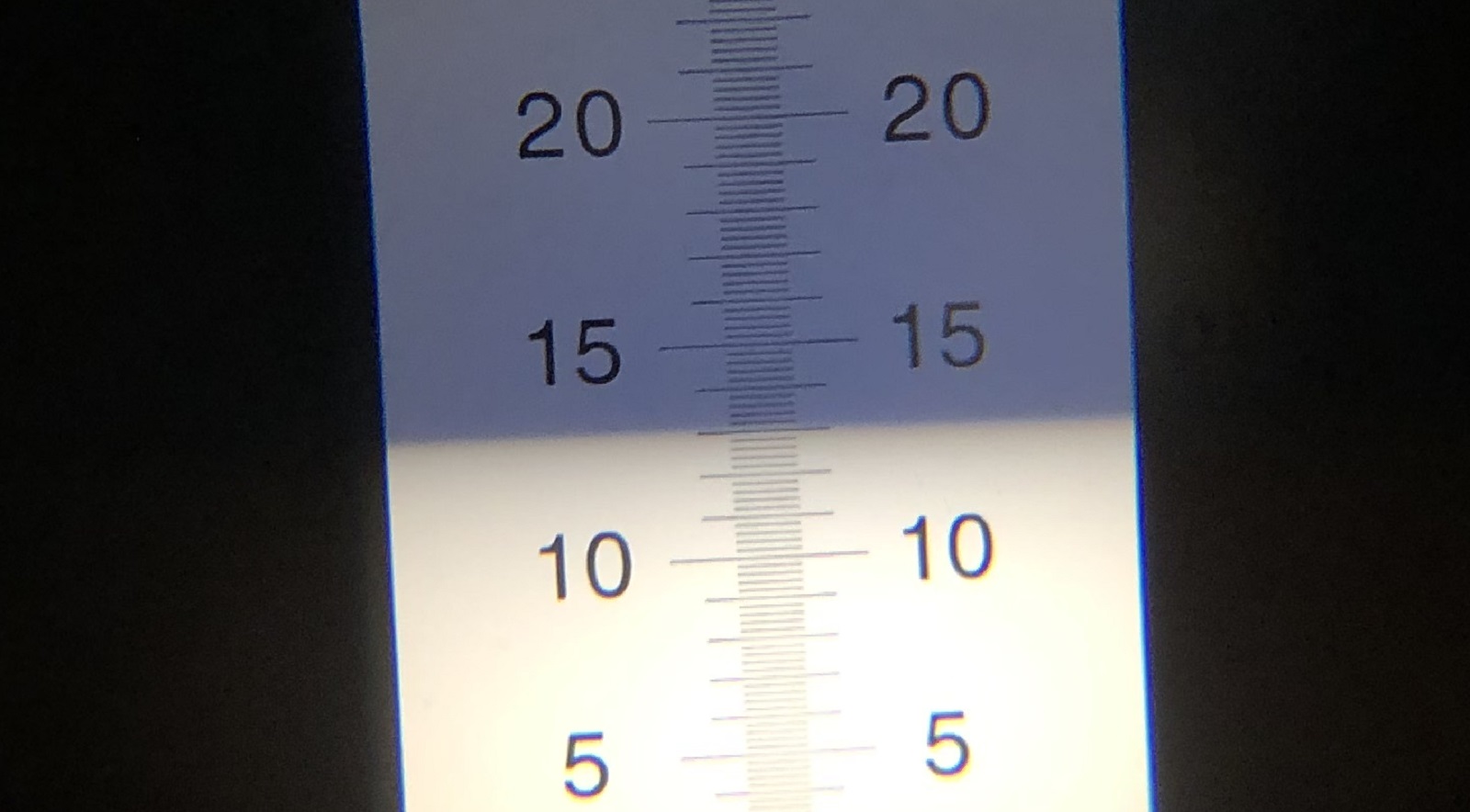
After a couple hours in my temperature controlled chamber, I pitched a pouch of Imperial Yeast G03 Dieter directly into the wort.
The beer was left to ferment at 66°F/19°C for a few days before I added the dry hop addition. After another week, I took a hydrometer measurement confirming FG was reached and proceeded with transferring the beer to a CO2 purged keg.
The filled keg was placed in my keezer and burst carbonated overnight before I reduced the gas to serving pressure. After a week of conditioning, I began serving it to blind tasters.
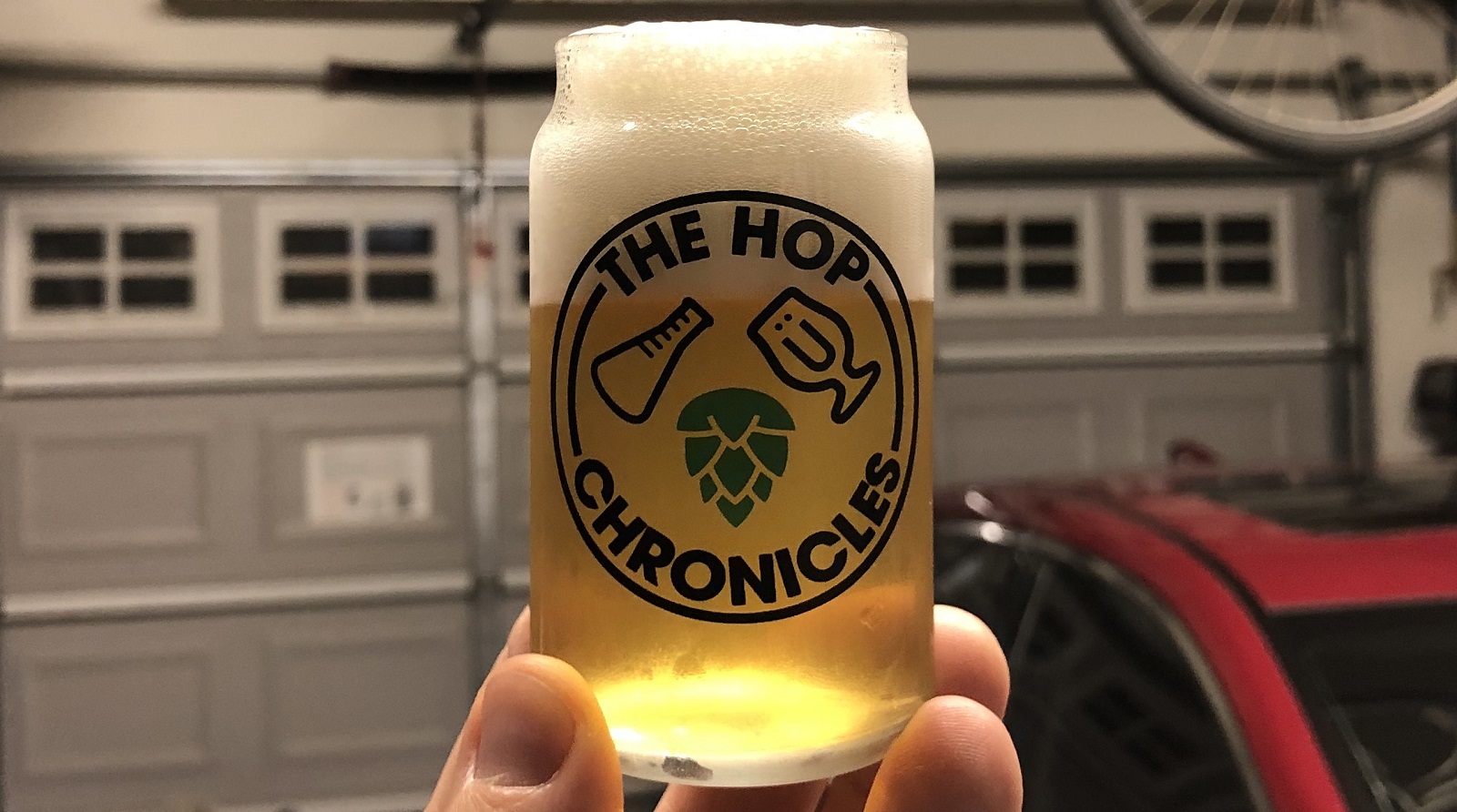
| METHOD |
Participants were instructed to focus only on the aromatic qualities of the beer before evaluating the flavor. For each aroma and flavor descriptor, tasters were asked to write-in the perceived strength of that particular characteristic on a 0-9 scale where a rating of 0 meant they did not perceive the character at all and a 9 rating meant the character was extremely strong. Once the data was collected, the average rating of each aroma and flavor descriptor was compiled and analyzed.
| RESULTS |
A total of 23 people participated in the evaluation of this beer, all blind to the hop variety used until after they completed the survey. The average aroma and flavor ratings for each descriptor were plotted on a radar graph.
Average Ratings of Aroma and Flavor Perceptions
The 3 characteristics endorsed as being most prominent by participants:
| Aroma | Flavor |
| Tropical Fruit | Floral + Resinous (tie) |
| Apple/Pear | Grassy |
| Citrus | Spicy/Herbal + Pine (tie) |
The 3 characteristics endorsed as being least prominent by participants:
| Aroma | Flavor |
| Onion/Garlic | Onion/Garlic |
| Dank/Catty | Berry |
| Spicy/Herbal + Pine (tie) | Citrus |
When asked to rate the pungency/strength of the hop, most tasters perceived it as being mildly to moderately pungent.
Tasters were then instructed to identify beer styles they thought the hop would work well in.
Finally, participants were asked to rate how much they enjoyed the hop character on a 1 to 10 scale.
My Impressions: I perceived this single hop Comet Pale Ale as having a very pleasant yet somewhat mild overall hop character. Having read about this variety prior to my own evaluation, I expected a fairly strong tropical fruit note, and while it did seem dominant in the aroma, the flavor was noticeably different to me. I’m not really sure how to describe the flavor of this hop, it was so unique, but not at all in a negative way.
| CONCLUSION |
Prior to the craft beer boom, hops were typically viewed as being primarily for bittering or flavor and aroma, and varieties with alpha acid levels north of about 8% were often reserved for the former. It’s no surprise then that this was the case for Comet when it hit the scene in 1974, as it boasts upwards of 11% alpha acid, making it ideal for earlier kettle additions. It’s this reputation that’s likely to blame for Comet’s falling out of style, as it was pigeonholed as being specifically for bittering.
Whether as a function of modern brewers’ curiosity, an attempt to raise the dead, or something else, Comet seems to be making a bit of a comeback due to its ability to impart desirable aroma and flavor characteristics to beer. According to blind tasters of a Pale Ale brewed entirely with this old variety, the most prominent aroma characteristic imparted by Comet was tropical fruit, which is highly sought after today’s IPA-focused world. Curiously, the highest rated descriptors in terms of flavor were floral, resinous, grassy, spicy/herbal, and pine– might this be what the USDA was referring to when they said Comet had a “wild American” flavor?
Given its age and historical usage, I was admittedly surprised when I read modern descriptions of Comet as being “Citra’s little sister,” which certainly influenced by expectations. As a lover of Citra, I can’t say I perceived this single hop Comet Pale Ale as being terribly Citra-like, but that’s not to say it was bad. I actually enjoyed the character I got from Comet quite a bit and think its unique flavor contribution would work well with modern hot hops like Citra and Galaxy, adding a layer of complexity often absent in many hoppier styles.
Comet hops are available now at Yakima Valley Hops, get them while you can! If you have any thoughts on this variety, please feel free to share them in the comments section below.
Support Brülosophy In Style!
All designs are available in various colors and sizes on Amazon!
Follow Brülosophy on:
FACEBOOK | TWITTER | INSTAGRAM
If you enjoy this stuff and feel compelled to support Brulosophy.com, please check out the Support page for details on how you can very easily do so. Thanks!



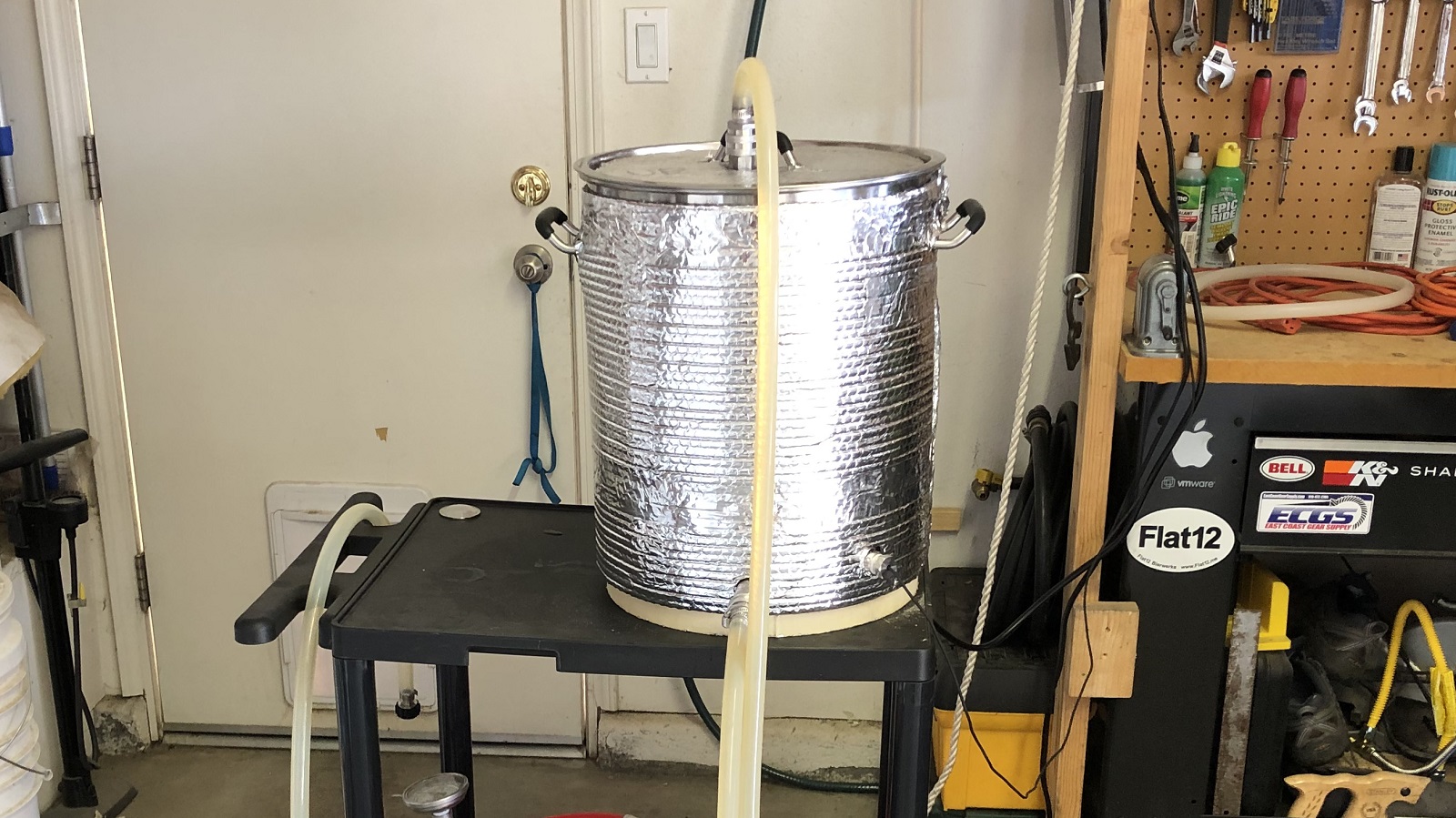
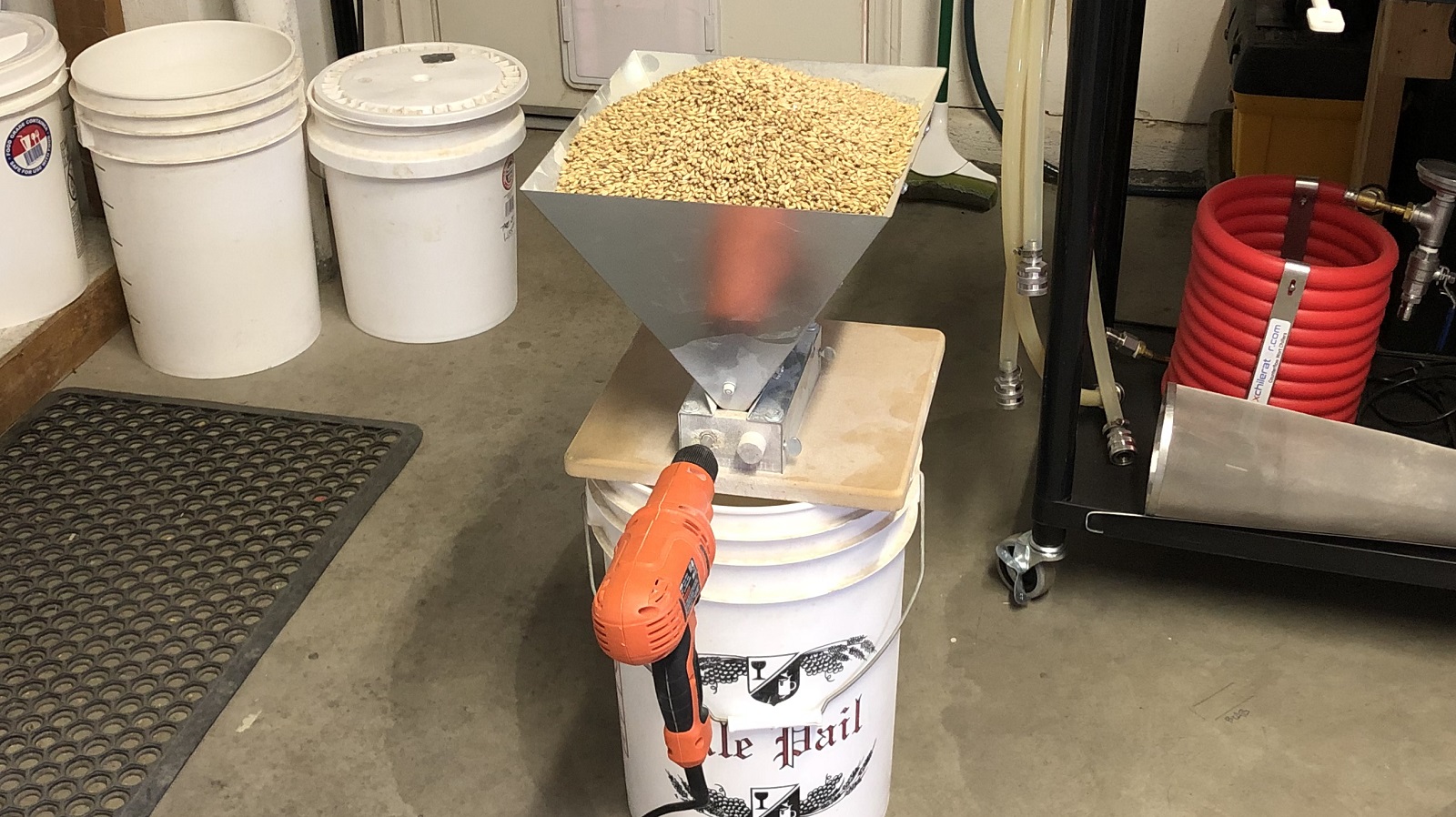
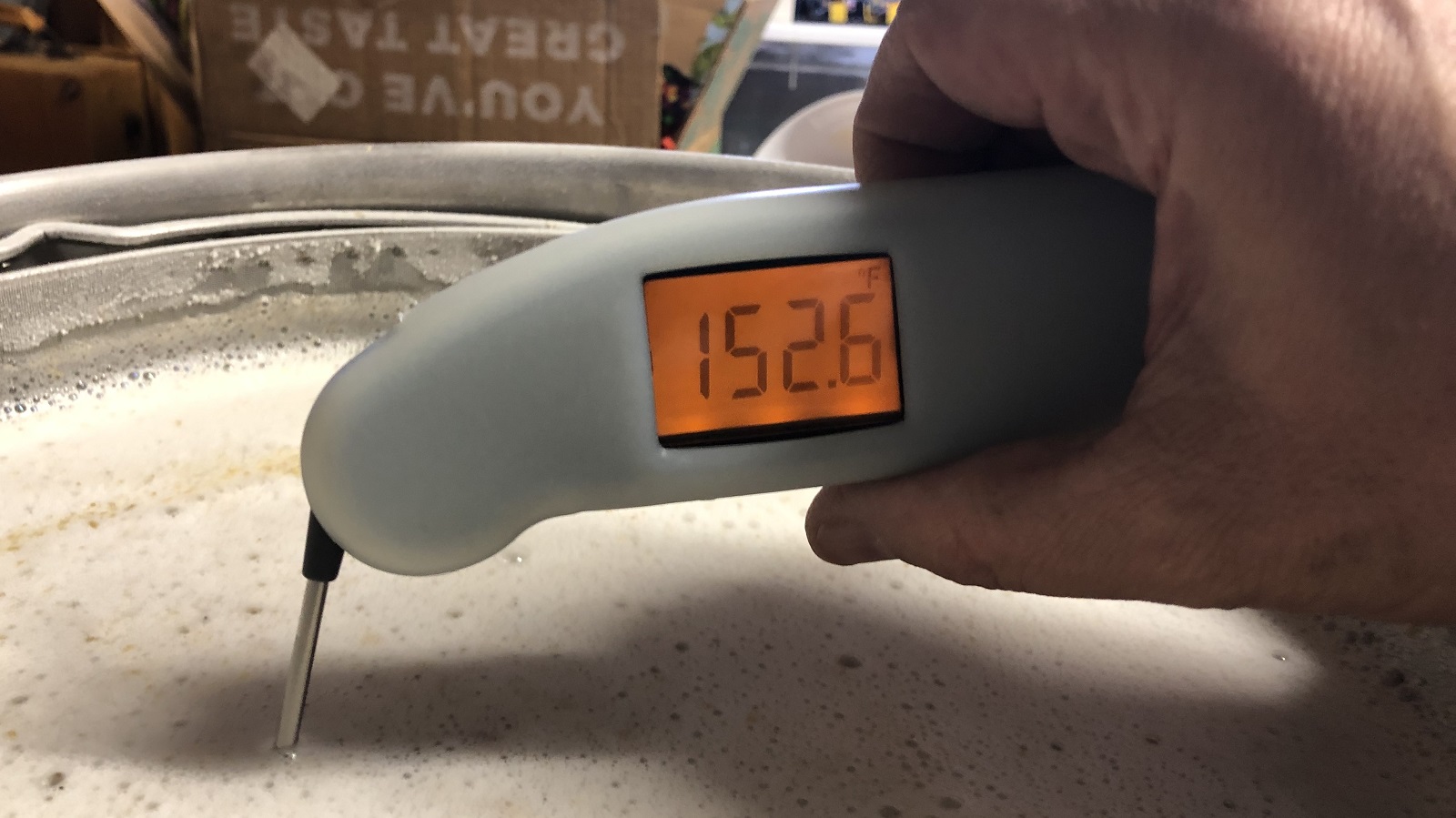

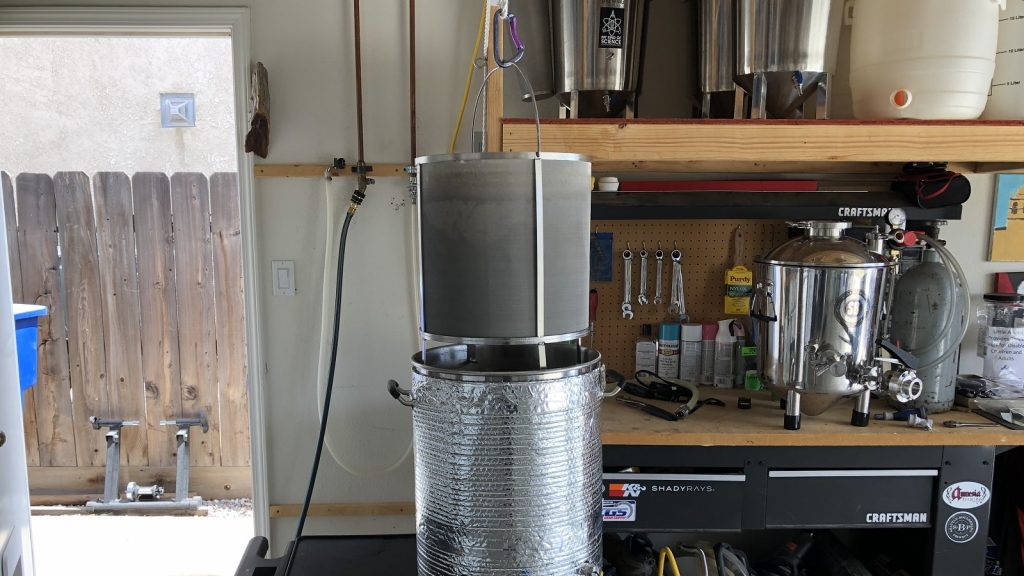
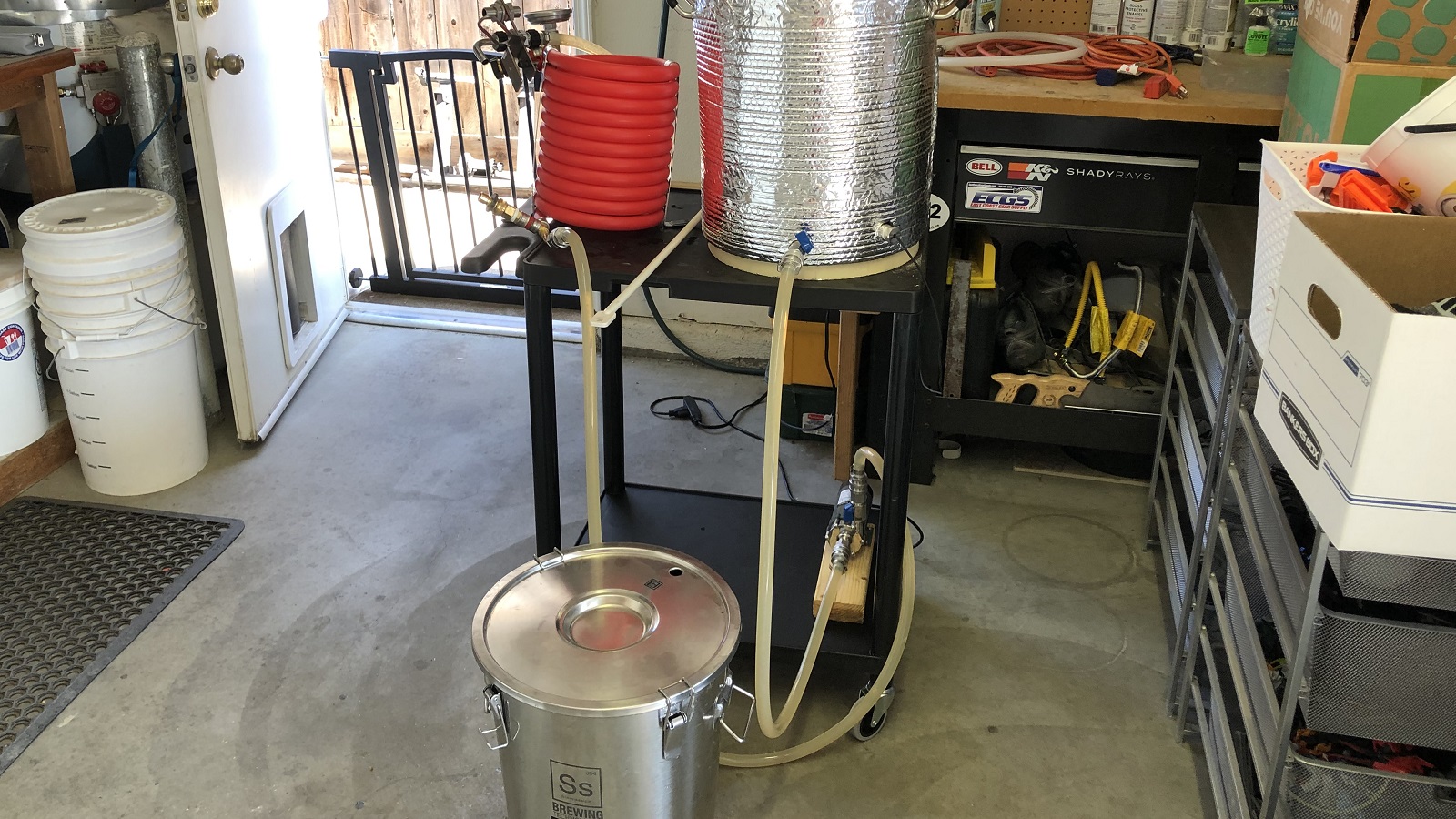
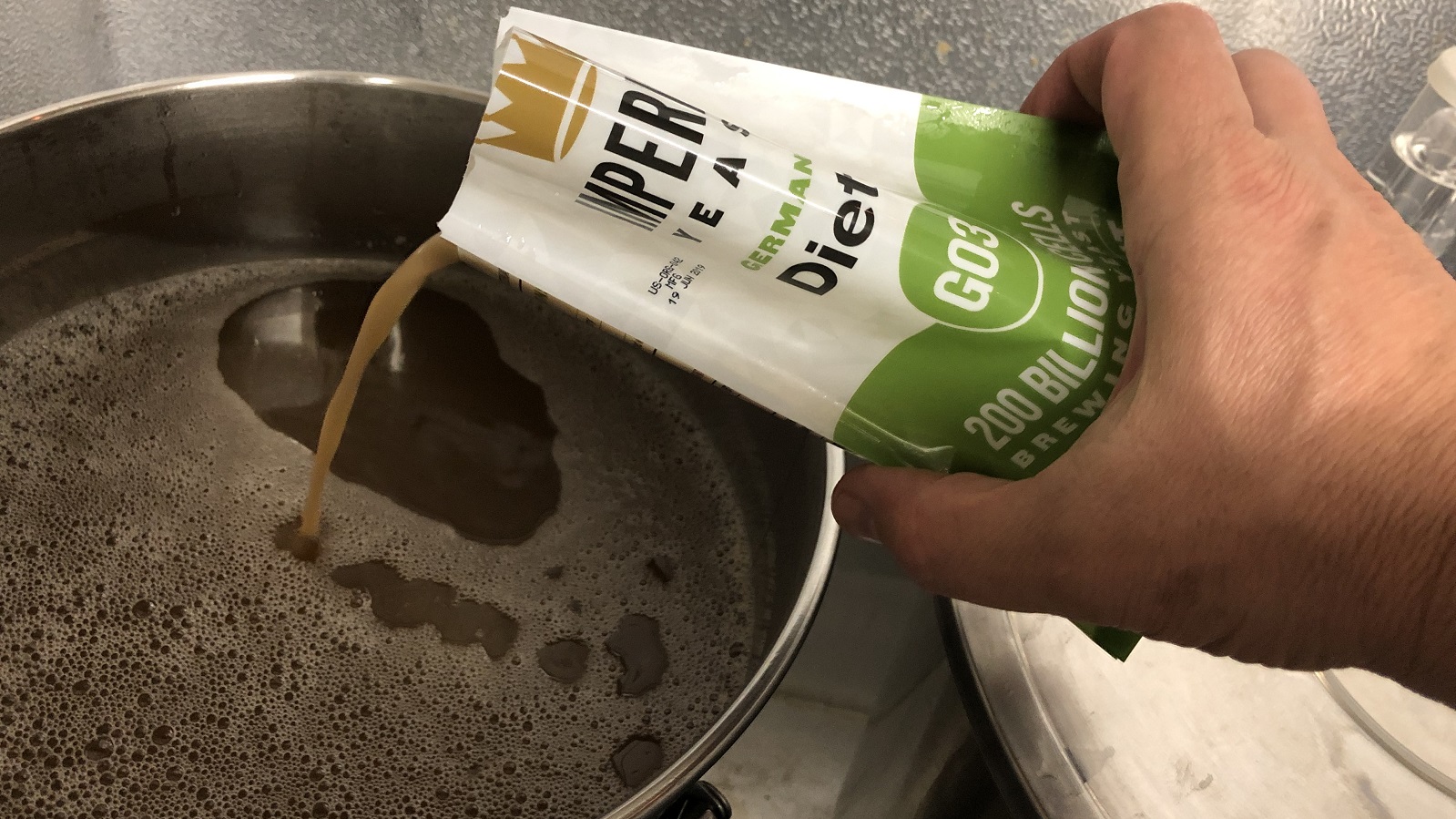
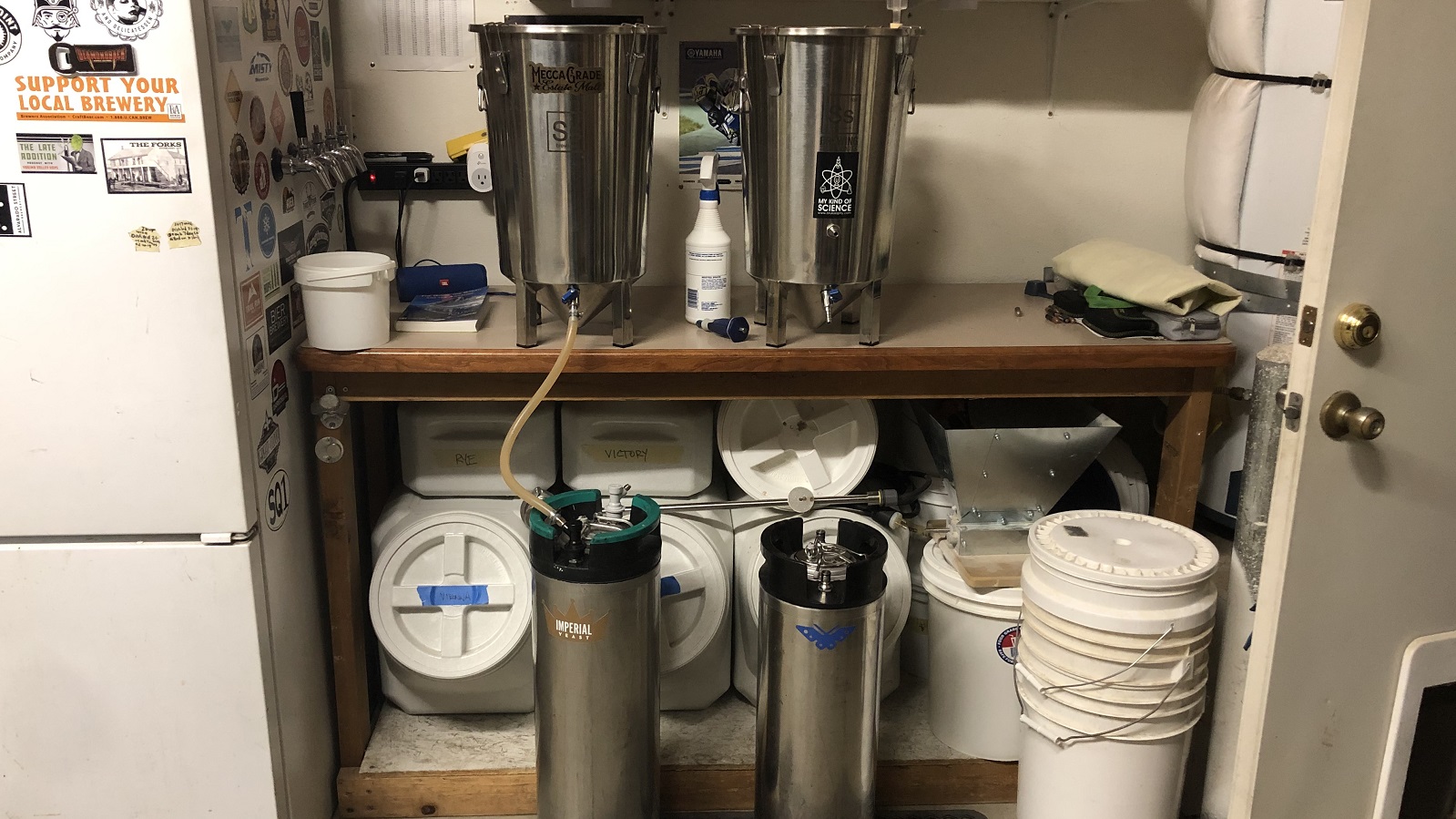
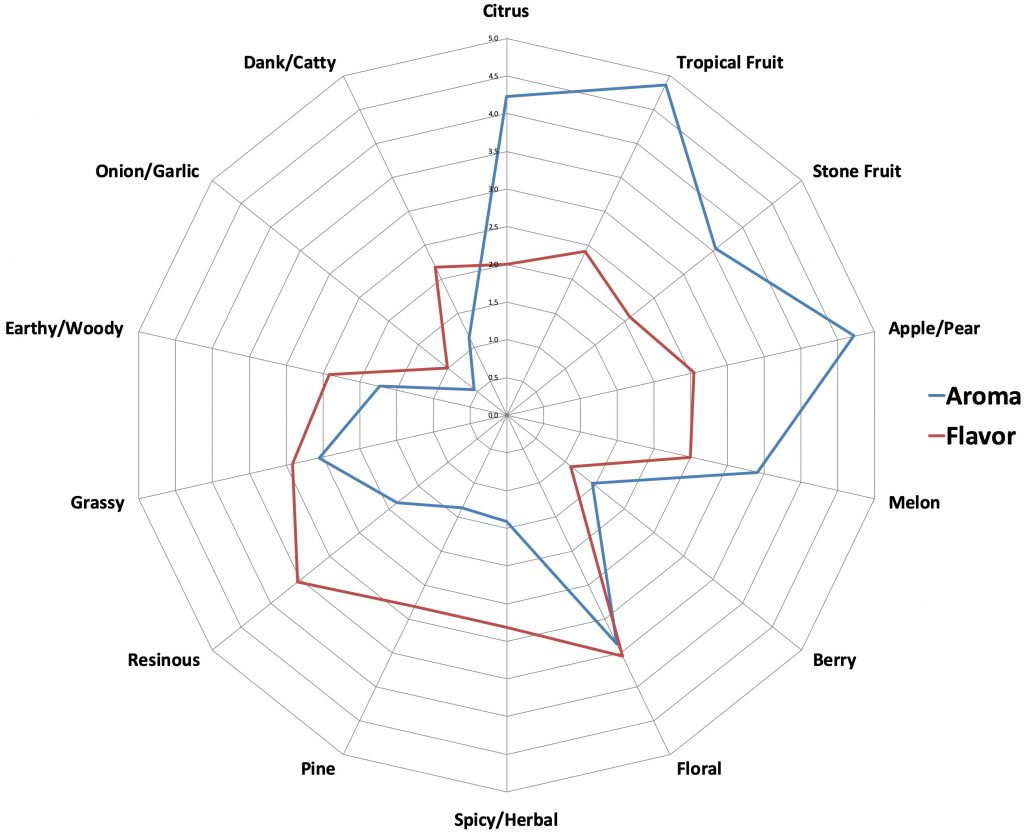
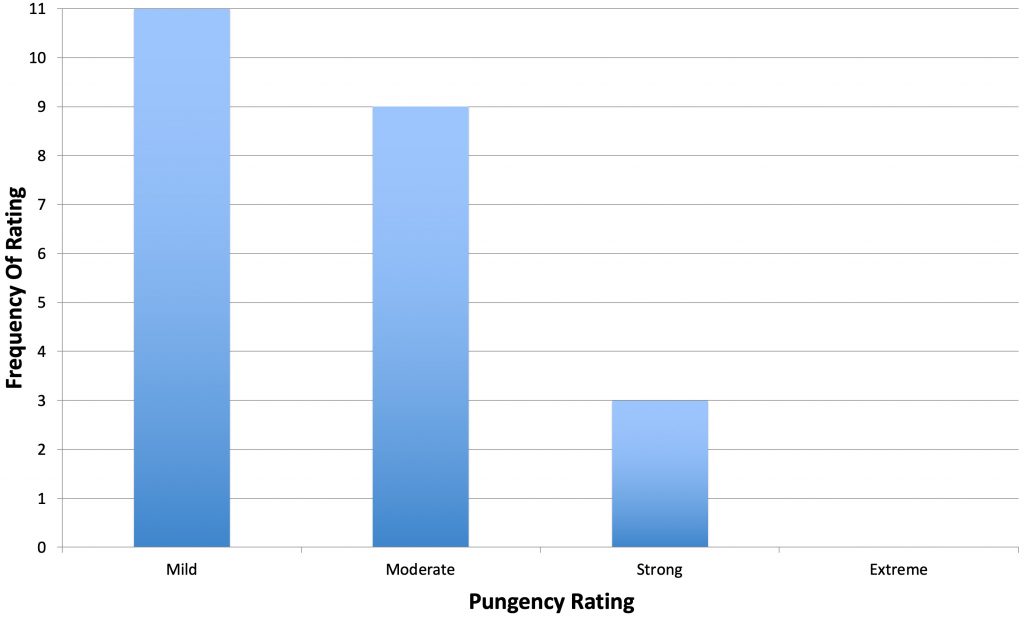
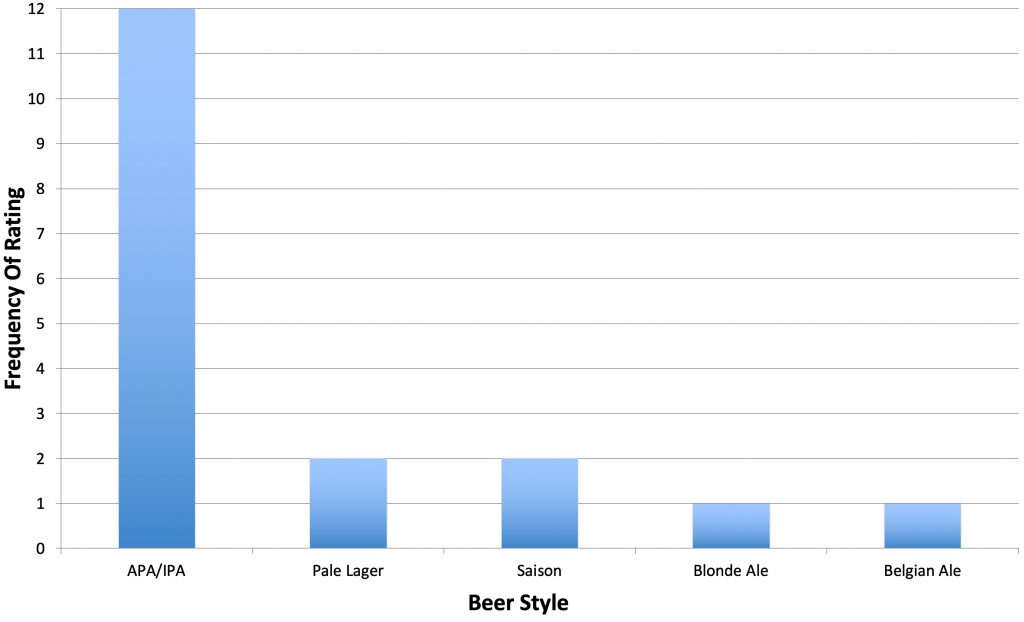
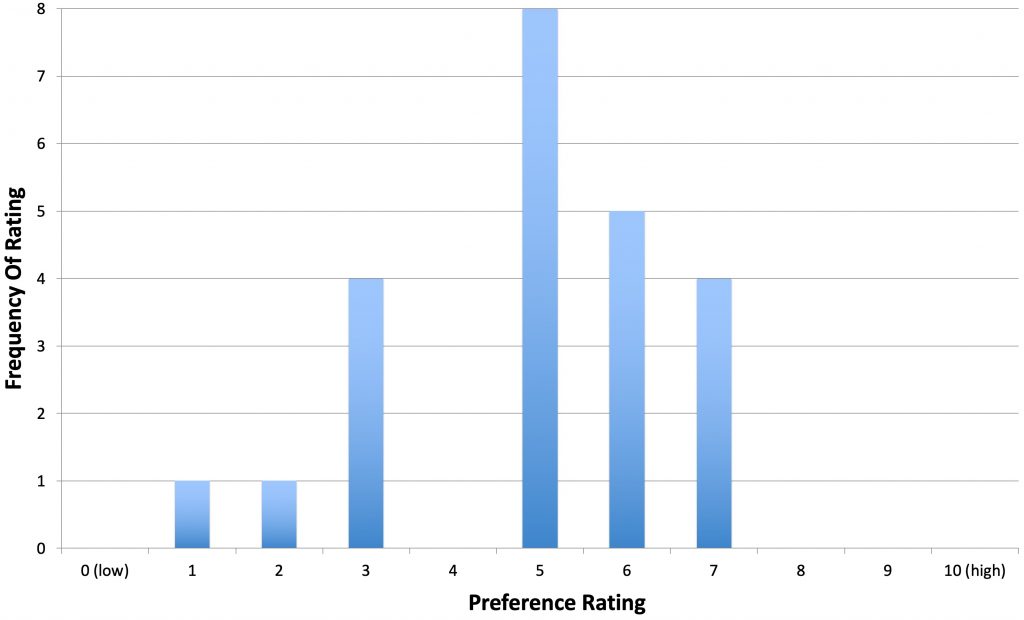











3 thoughts on “The Hop Chronicles | Comet (2018) Pale Ale”
I used Comet for the first time the other day as 1/3 part of a tried and tested 8g/L dry hop. From descriptions I was expecting overwhelming dank flavour and aroma, but what I got was overpowered by the other two hop varieties (mosaic and Nelson). I similarly too got a bit of smokey resinous herbal flavour in the background above the other two hops (I cant really say on the aroma with the hop mix as everything was tropical) , but more subdued than expected.
When people say Comet is very strong, I wonder if this is an old expression with many newer varieties (and modern expectations) trumping it in regards to strength? Still it’s a relatively cheap hop so I agree with you it’s something to add to a tropical hop mix to add a layer of complexity
I found it worked really well in a Red IPA with some of the more “old school” hops Columbus, cascade and Chinook. Personally I find the more piney resinous hops meld better with the crystal malts in a Red IPA. Comet was a welcome addition that blended well with that flavor profile but also contributed some unique aroma characteristics.
I’ve used Comet as a major component of 4 brews and find it unpleasant as a bittering hop and wonderful as a dry hop, where it adds potent citrus character. I can see this is different from your experience. In any event, I absolutely love this series and thank you for this contribution to the homebrew world!